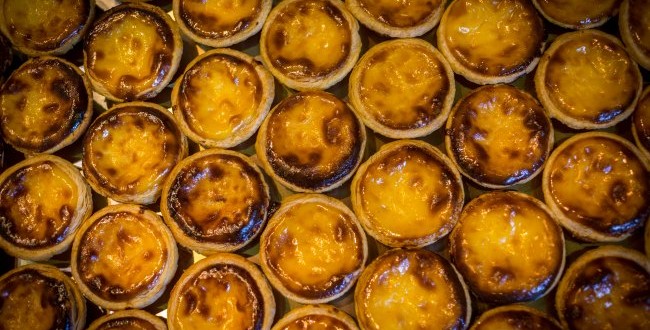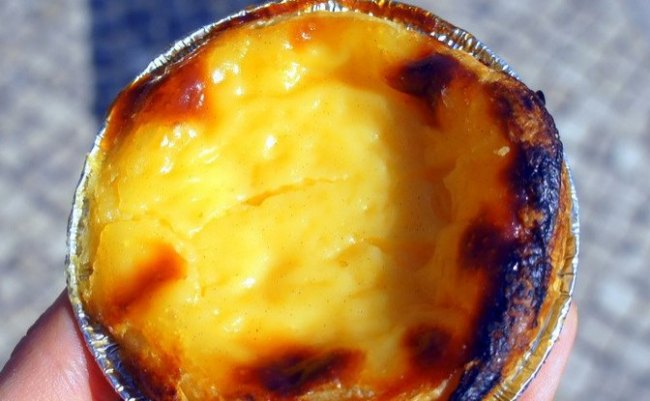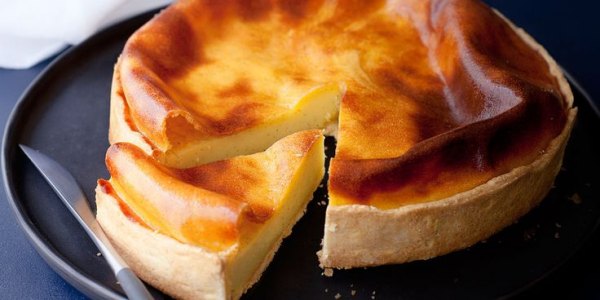Series Introduction
In this series, we hope to highlight and showcase in as interesting a way as possible, the stories behind our favorite, mouth-watering local dishes. While we’ll focus on greater New Bedford and the South Coast, we will occasionally “travel” to places like Plymouth, Providence or even Boston. I will attempt to keep it light-hearted, fun and easy to read. While I can’t promise to keep you compelled and pull you along with prose – that would take a professional writer – I will promise to be liberal with the drool-inducing images of these dishes.
I grew up in a Sicilian household where everyone – man, woman, child – was participating in preparing meals. It was a “trick” to get everyone together, talking, laughing and of course, the occasional heated debate. Food was a huge part of our identity, where we came from, who we were. There was something special about the atmosphere that revolved around a meal that we prepared.

This is certainly not unique to an Italian or Sicilian household. Every ethnic group in the country has a proud culinary tradition that they grew up around. You can easily replace “Sicilian” with Irish, Vietnamese, Portuguese, Ethiopian, Greek or anything else. This is why food as a topic is always so popular. We humans love our food and that passion goes beyond the gustatory or taste – we crave the aromas, delight in the presentation, are fueled by the atmosphere, and relish – pardon the pun – discussion about our favorite dishes, restaurants or cuisines.
One thing that is often not discussed, is glossed over, or barely touched upon, is the history or background of these dishes. Now, to some, this conjures up the voice of the guy from the “dry eyes” commercial. The terms, for many, are synonymous with “boring,” “dull,” or “It’s time to go.” However, the background can be interesting, fun, or funny and it can be so without being facetious, dumbed-down or popular. I will make every attempt to maintain a fresh balance with this series.
As always, feedback is encouraged. Anecdotes are wanted. Discussion is paramount. Please join in.
Creamy and sweet, with a warm, almost hot center, flaky crust and a tinge of “burnt” flavor on the top. This describes the quintessential pastel de nata (mainland Portuguese name), queijadas de nata (Azorean name), or as they are known colloquially, quezadas or natas. Whatever you decide to call them, they are tiny morsels of life-changing deliciousness. Bite into one, your life is changed. You are whisked away to a stress-free existence and everything is vales of lavender and lilies and in the distance you can hear angels sing.
Well, not really. I exaggerated the part about the lilies.
This Portuguese egg tart delicacy is a favorite anywhere that there are Portuguese enclaves on the the planet, e.g. New Bedford, Fall River, parts of Hawaii, Florida, Brazil, Mozambique, and even China in Macau. How did they come about? Who made the first ones? Has someone paid tribute with a statue or monument? Where are the best places to get them? Because I want these bakers to take my money.

Believe it or not the pastry is a merger of two giants of the culinary world: France and Portugal. One famous the world over, the other known only in certain communities like our own. Having traveled over the world, I am always astounded how little people know about the Portuguese, their culture and cuisine. Especially astounding since they have made some of the greatest contributions to these areas.
In 1501, a Hieronymite monastery called Mosteiro dos Jerónimos, was erected in Lisbon in the parish of Belém, under the supervision of a Frenchman by the name of Diogo Boytac. The Hieronymites were a Catholic enclosed religious order – a fancy way to say Catholic “hermits.”
The monastery was started by a Frenchman, but after he passed away, local Portuguese took over, most importantly João de Castilho, Diogo de Torralva and architect Jérome de Rouen, son of the renowned French sculptor Jean de Rouen. In all, it would take nearly 70 years to complete and finally finished in 1600.
However, I digress. These monks had a connection to France, not only through the original builder, Diogo Boytac, but the order itself was originally based in France. Those French monks favored a local pastry, called in French, the flans pâtissier. The French version was “pie sized” and not the little “two-biters” we’ve come to know.
Once the monks had settled in at the monastery and their normal lives would resume, they of course would create French dishes. Since the monks used egg-whites for starching of their clothes they would be “stuck” with a lot of egg yolks. When you have lots of egg yolks, what do you do? Well, you make custard! So, it was a no brainer to begun cooking flans pâtissier.

In 1820, a revolution struck Portugal changing the political and social landscape of the nation. The “Liberal Revolution of 1820” would temporarily, adversely affect the economy of the country and lead to the extinction of many religious orders. Without funding and having to generate revenue themselves, the monks decides to take their surplus of eggs and make smaller, more affordable versions of flans pâtissier to reflect the economy of the time. People who couldn’t afford an entire pie, could afford a vastly smaller version and the “grand” flans pâtissier became the pasteies de natas found in Portuguese bakeries and pastelarias around the world.
The revolution finally reached the monastery in 1834 and the order was resolved. The local sugar refinery where the monks had been buying their sugar to make the pastries ended up purchasing the building and in 1837 they re-opened it, not as a monastery but the “Fábrica de Pastéis de Belém,” roughly translated as the “Bethlehem Pastry Factory” or “Bethlehem Factory of Pastries,” named in tribute to its parish.
Guess what? They never stopped making them: you can still visit the Fábrica de Pastéis de Belém to eat one, made by the same family that purchased in the the 1830s.
And, no – don’t ask me to discuss the abomination and cousin of the pasteis de nata, called the pastel de bacalhau. Don’t ask!
Want to make your own egg custard pastries? Here is one of the best recipes with step-by-step pictures and instructions. Have a recipe to share? Please do!
 New Bedford Guide Your Guide to New Bedford and South Coast, MA
New Bedford Guide Your Guide to New Bedford and South Coast, MA







